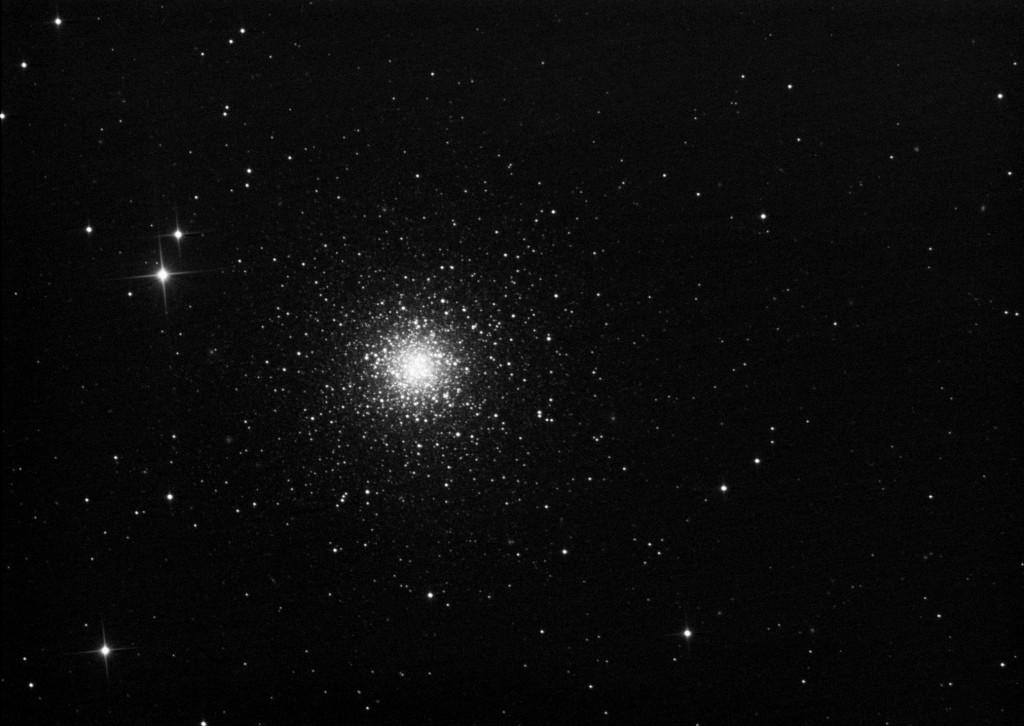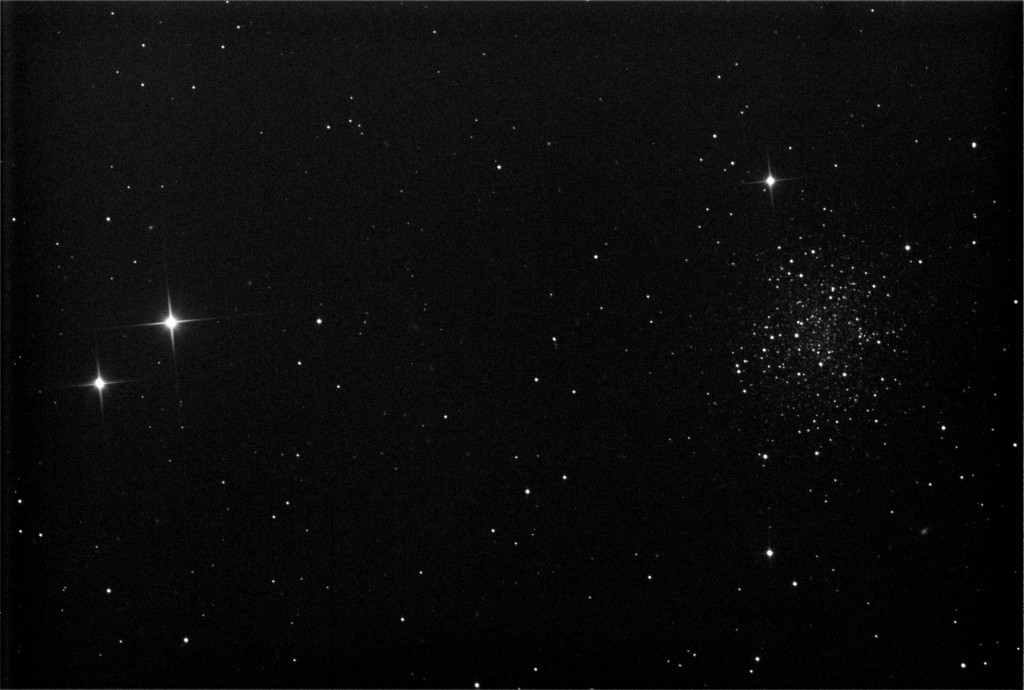The Great Hercules Cluster, viewed through clear dark skies, is just large enough and bright enough to be visible to the naked eye. First observed by Edmond Halley (of comet fame) in 1714, and later cataloged as number 13 in Charles Messier’s list of not-comets, the cluster, as the common name implies, is located in the constellation of Hercules.
By offsetting the cluster in the image I was able to include several other objects. Each has a vastly different distance providing a somewhat three dimensional view to this small patch of the night sky.
The bright star (HIP 81848) near the upper left is an orange (K2 class) star with a magnitude of 6.86, putting it just under naked eye visibility. While none of the objects we will discuss are close to us, this star is the closest. It lies well within the Milky Way at about 1,832 light years (LY) from the sun.
Next comes the globular cluster. It lies 27,400 LYs from the center of the Milky Way, also putting it within our galaxy. Globular cluster orbits are not confined to the disk of the galaxy and M 13’s current position is above the galactic plane. Its 300,000+ stars lie about 25,100 LYs from the sun.
![The Great Hercules Cluster (M 13) [C:40x30s]](https://ptobservatory.com/wp-content/uploads/2011/01/decon_3_M-13-1024x690.png)
The Great Hercules Cluster (M 13) [C:40x30s]
Next on the hit parade is NGC 6207, the bright galaxy in the upper right corner of the image. It is classified as a SA(s)c spiral galaxy. At a magnitude of 12.2 this is a challenge to see with a small telescope but should be visible as a faint patch of light in an 8″ scope.
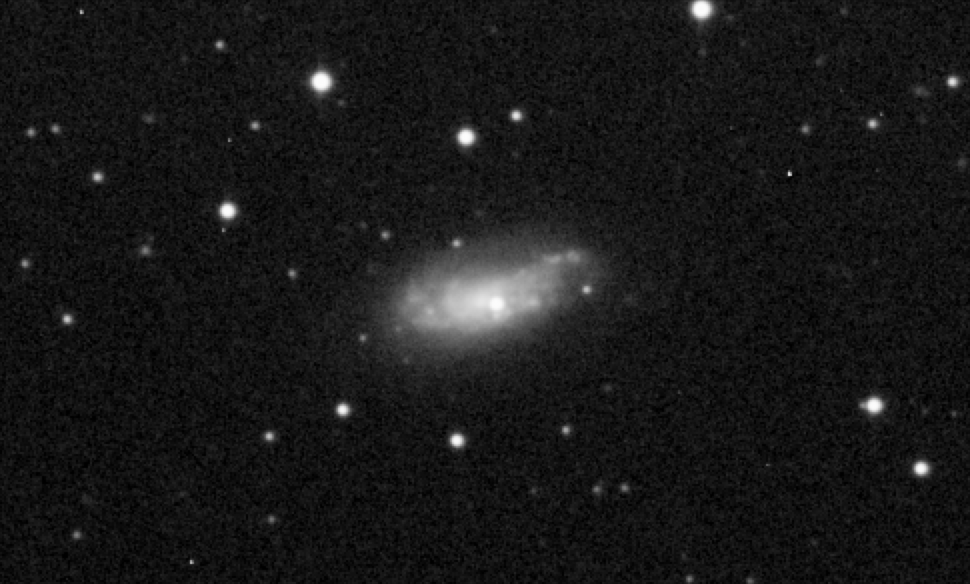
(NGC 6207) detail
What appears to be a very bright galactic core is, in fact, a fortuitously positioned star in our galaxy. Not visible here is NGC 6207’s own collection of globular clusters orbiting its center. The galaxy is located approximately 37 million LYs from us.
The most distant object in our discussion is IC 4617, the small faint galaxy slightly above and to the right of M 13. This Sbc class spiral galaxy comes in at a magnitude of 15.9 making it a much more challenging visual target.
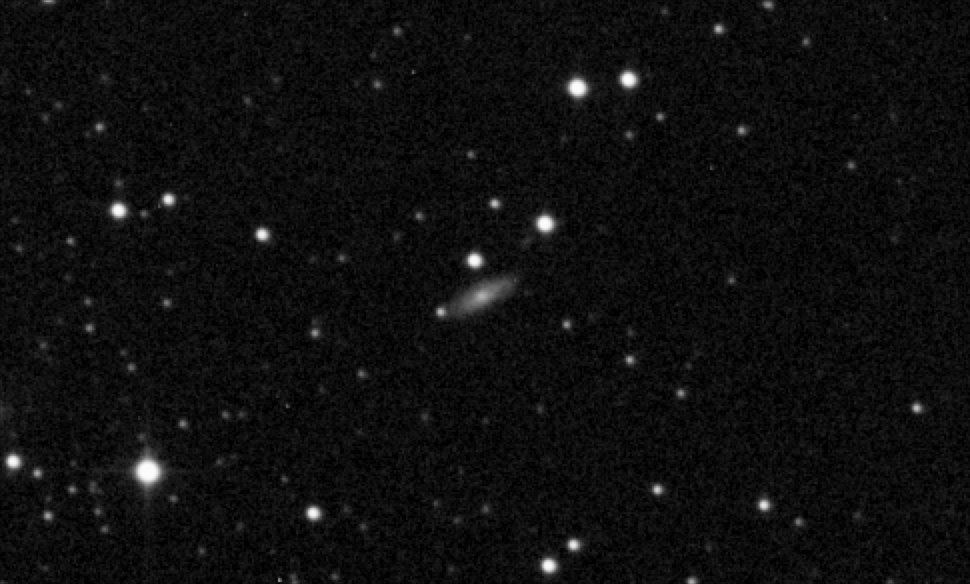
(IC 4617) detail
It has a reported red shift of 0.036. I was able to get several red shift calculators to agree at a distance of about 150 mega-parsecs. And since a
parsec is 3.26 light years in length, our long distance champ is roughly 489 million LYs away.
The base image is a stack of 40 thirty second exposures taken on the evening of May 28th.
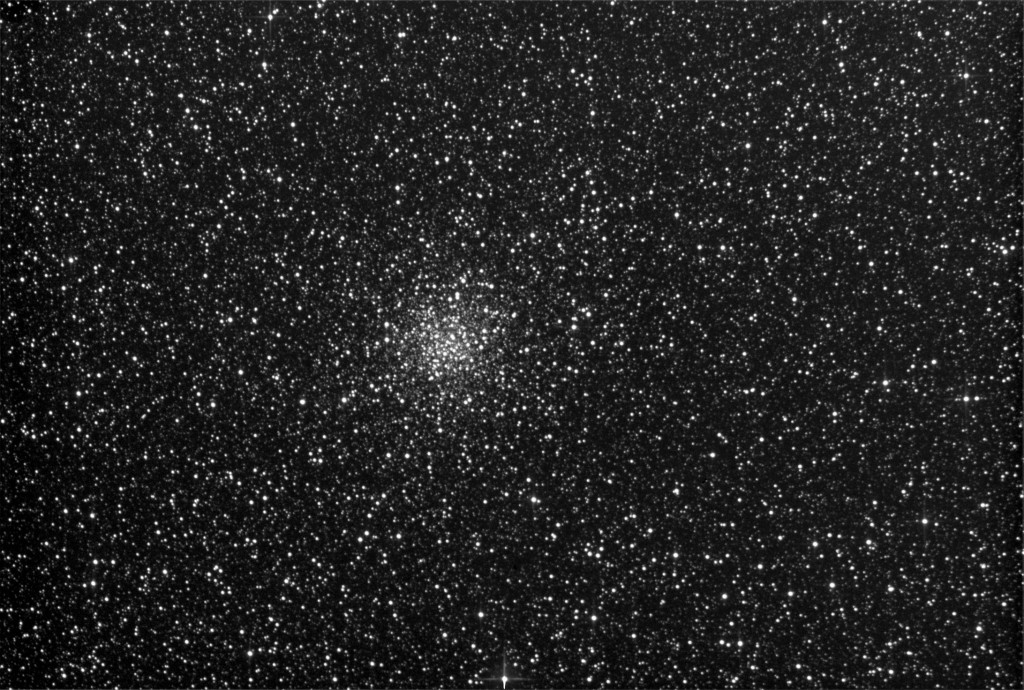
![The Great Hercules Cluster (M 13) [C:40x30s]](https://ptobservatory.com/wp-content/uploads/2011/01/decon_3_M-13-1024x690.png)


